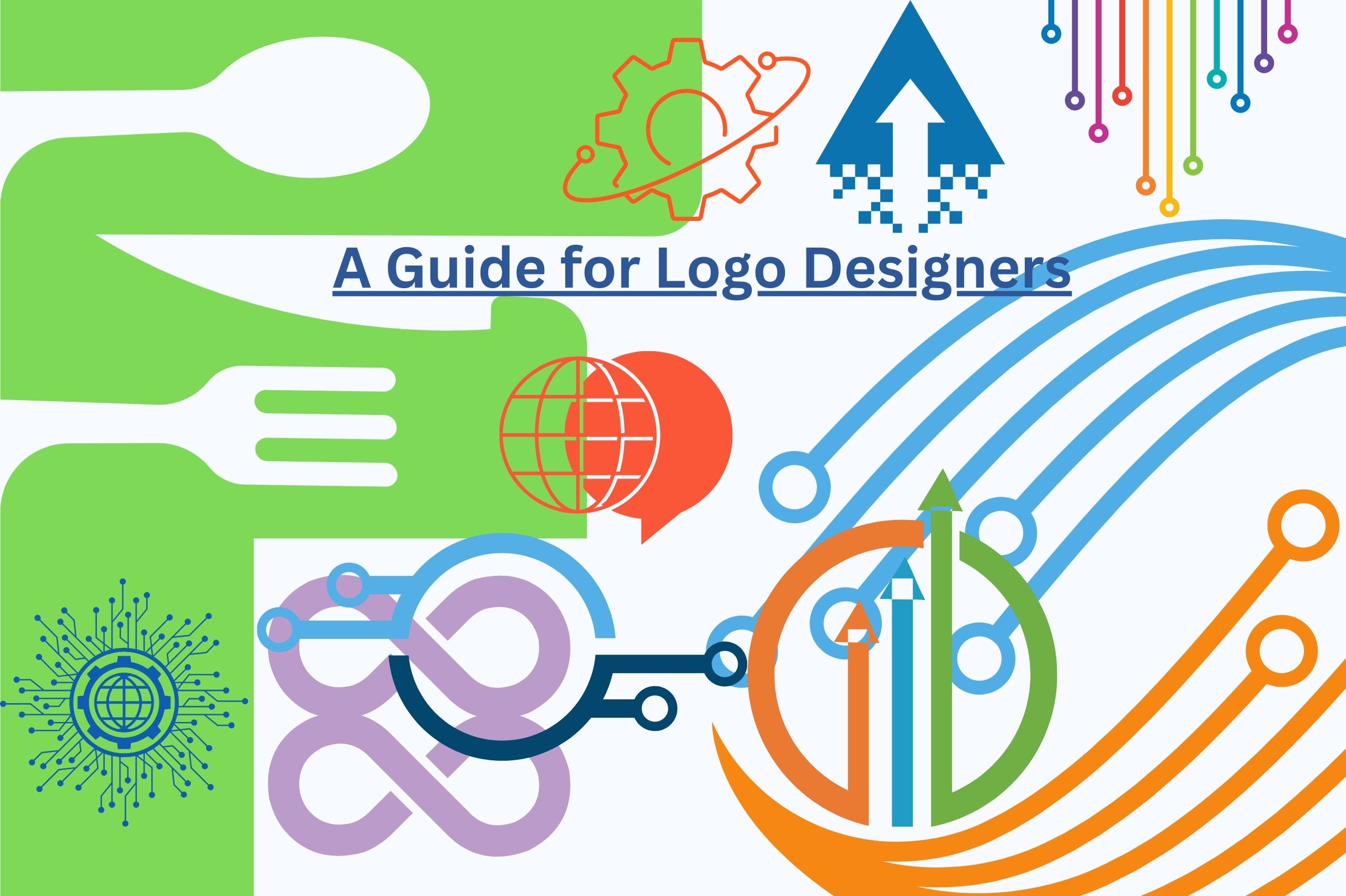
In the highly competitive world of branding, a logo is more than just a visual mark—it’s a crucial component of a brand’s identity and emotional connection with its audience. Understanding the psychology behind logo design can help businesses create logos that not only stand out but also resonate deeply with consumers. Here’s how you can craft an iconic impact through the strategic use of logo psychology.
1. Color Psychology
Colors evoke emotions and convey messages without words. Each color can trigger different psychological responses:
- Red: Energy, passion, and urgency. Often used in food, technology, and retail.
- Blue: Trust, reliability, and calm. Common in corporate, tech, and healthcare industries.
- Green: Health, tranquility, and nature. Frequently used by eco-friendly and organic brands.
- Yellow: Optimism, clarity, and warmth. Used by brands aiming for a cheerful and youthful image.
- Black: Sophistication, elegance, and power. Popular in luxury and fashion industries.
Selecting the right color palette for your logo is crucial for communicating your brand’s values and appealing to your target audience.
2. Shape Psychology
Shapes also play a significant role in how a logo is perceived:
- Circles and Ovals: These shapes suggest unity, protection, and endurance. They often create a sense of community and trust.
- Squares and Rectangles: Convey stability, balance, and reliability. Common in logos that aim to exude professionalism and strength.
- Triangles: Associated with power, direction, and movement. Can suggest innovation and progress, especially when pointing upwards.
- Organic Shapes: Natural and irregular shapes convey creativity, uniqueness, and flexibility.
The geometry of your logo can significantly influence the subconscious perceptions of your brand.
3. Typography Psychology
The style of typography used in a logo can speak volumes about a brand’s personality:
- Serif Fonts: Traditional, reliable, and formal. Ideal for brands that want to appear established and trustworthy.
- Sans-Serif Fonts: Modern, clean, and straightforward. Suitable for brands aiming for a contemporary and approachable image.
- Script Fonts: Elegant, personal, and creative. Great for brands that want to convey luxury or a personal touch.
- Display Fonts: Unique and distinctive. Perfect for brands looking to stand out and be memorable.
Choosing the right font can enhance the overall impact of your logo and reinforce your brand message.

4. Symbolism and Imagery
The use of symbols and imagery can add layers of meaning to your logo:
- Abstract Symbols: Versatile and timeless, often used by brands that want to be seen as innovative and forward-thinking.
- Literal Icons: Direct and clear, helping to instantly communicate the nature of the business.
- Cultural Symbols: Can resonate strongly with specific audiences but must be used carefully to avoid misinterpretation.
Symbols can encapsulate complex ideas in a simple, memorable form, making them powerful tools in logo design.
5. Balance and Symmetry
Balanced and symmetrical logos are perceived as more harmonious and aesthetically pleasing. They can instill a sense of professionalism and attention to detail. However, asymmetry can also be used effectively to create interest and draw attention to specific aspects of the logo.
6. Memorability and Simplicity
A memorable logo is often simple yet distinctive. Complexity can overwhelm and confuse, while simplicity ensures that the logo is easily recognizable and versatile across different mediums and sizes. Striking the right balance between simplicity and uniqueness is key to creating an iconic logo.
Conclusion
By leveraging the principles of logo psychology, you can create a logo that not only captures attention but also builds a deep emotional connection with your audience. Understanding how colors, shapes, typography, symbolism, and balance influence perception can guide you in crafting a logo that embodies your brand’s identity and values, leaving a lasting impression.

Disclosure: Some of the links below are affiliate links, meaning, I will earn a commission if you click through and make a purchase through those links (without any additional cost to you). And if you happen to buy through those links, thank you for your support!



